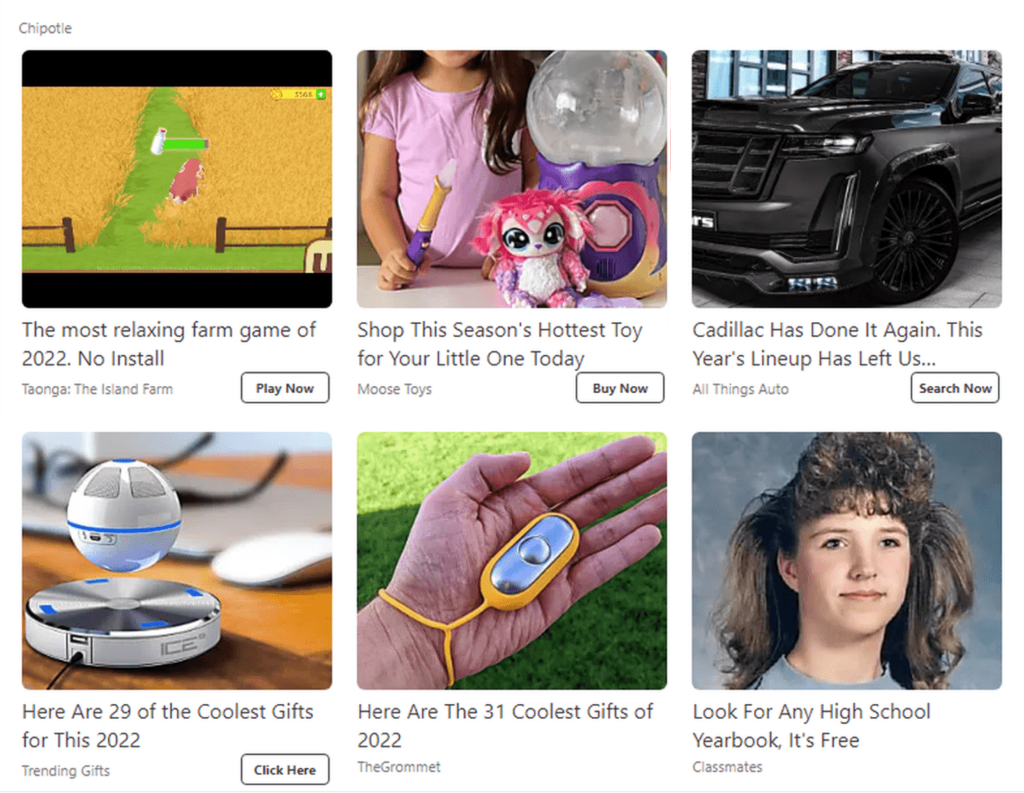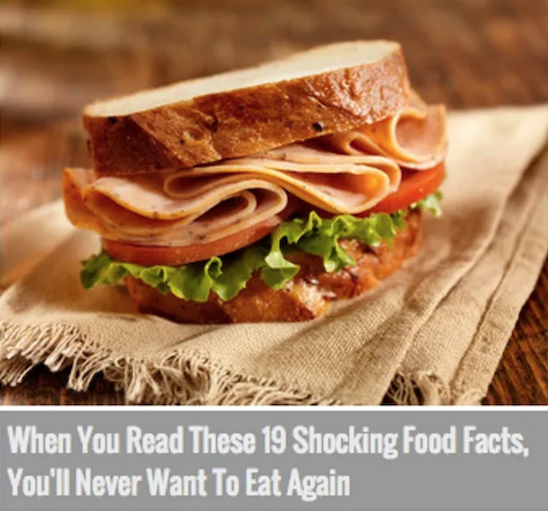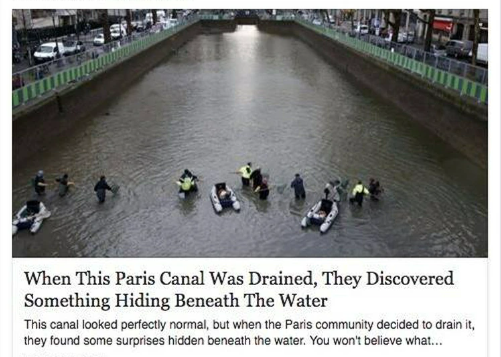Clickbait: How content works that makes you click
“You won’t believe what this headline hides!” — if this phrase makes you immediately want to click, you’ve fallen for clickbait. Seductive headlines, enticing images, and bold promises surround us online. But behind the flashy packaging often lies emptiness — or even danger. How can you recognize clickbait and avoid becoming its victim? Let’s break down this manipulation tactic.
Clickbait (literally “bait for clicks”) refers to sensational headlines or online text designed to lure people into clicking a link. This headline construction technique often distorts the text’s true meaning to provoke intrigue. As a result, clickbait headlines withhold the actual substance of the story — replacing it with manufactured curiosity.
Clickbait as an attention-grabbing tool is frequently used in digital marketing — for advertising and social media campaigns, as well as in news reporting — to boost view counts. However, it’s equally employed by online scammers conducting phishing attacks to steal personal data or distribute malware. Notably, clickbait often serves as a red flag for false information. Provocative headlines featuring unbelievable promises or shocking claims typically signal false content. This is why materials with such sensational titles demand extra scrutiny.
How clickbait works
- Attention-grabbing headlines. Clickbait headlines use sensational language, intriguing questions, or outlandish claims to capture the reader’s attention. Users feel compelled to click to learn more because clickbait headlines are typically ambiguous or incomplete, sparking curiosity or doubt. For example, such a headline might claim that you should avoid a certain food because it’s harmful to your health — yet if the reader clicks out of curiosity, they’ll likely find no mention of any catastrophic harm in the actual article.

- Provocative thumbnails or images. Clickbait articles and videos pair enticing headlines with arresting visuals. These attention-grabbing images focus the user’s gaze, creating an irresistible impulse to click. The more provocative the thumbnail, the more effective the bait.

- Exaggeration or distortion of facts. In clickbait content, factual information is often exaggerated or distorted to give users the impression that by clicking the link, they will discover something far more astonishing or thrilling.

- Exploiting curiosity. Clickbait traps often lure users by offering to fill a gap in their knowledge. The user sees only a fragment of intriguing information, and must click the link to discover the rest. This strategy exploits people’s innate curiosity and their need for problem-solving.

- Manufactured urgency. Clickbait often relies on manufactured urgency and time constraints (“Don’t miss out”, “What you need to know before…”) — these formulations create an artificial sense of scarcity, pressuring users to act impulsively without fact-checking. This tactic exploits our psychological vulnerability — the fear of missing out (FOMO) — even when no actual time pressure exists. Scammers particularly favor such headlines in phishing campaigns: “Your account will be deleted in 24 hours!” — counting on you not having time to spot the catch.

- Viral or popular topics. Clickbait frequently capitalizes on trending subjects already generating buzz. By aligning content with these hot topics, creators exploit existing public interest to boost click-through rates. This piggybacking strategy makes their content appear more relevant and click-worthy.

Typical Clickbait Structure
Most clickbait headlines follow predictable patterns using these consistent tactics:
• Short, punchy words. Brief vocabulary enhances readability and quick comprehension, making headlines more appealing to potential readers.
• Grandiose promises. Phrases like “You won’t believe this!” or “Try this one weird trick” guarantee extraordinary revelations you “can’t afford to miss” — despite rarely delivering anything remarkable.
• Strategic vagueness. Clickbait often aims to stump you by hinting at events without naming them directly (e.g., “She did THIS to lose weight in just one week”), creating an irresistible urge to keep reading.

- Unusual punctuation. Multiple question marks or exclamation points stand out from other elements in the news feed, grab attention, and create a sense of importance.
- Using superlative adjectives. Whatever you find in a clickbait headline, it will most likely be shocking, stunning, sensational, the best, the easiest, or the fastest.
- Numbered list. Readers are drawn to lists because they create a sense of structure and help process content faster, motivating people to read to the end, as each point seems like a crucial step toward understanding. Often, this clickbait method is combined with the previous one:
5 proven ways to meet your perfect match.
10 secret properties of potatoes.
15 tricks of the richest people.
- Imperative verbs. Verbs in the imperative mood (“buy,” “download,” “click”) work more effectively because they deliver a clear command and eliminate room for hesitation. When a person sees a direct instruction, they immediately grasp what’s expected and more likely comply. These words create a sense of urgency and importance, compelling users to act instantly — which is precisely why they’re most frequently used in advertising.
- Fictional quotes. The brain automatically trusts “direct speech,” especially from an authority figure. Clickbait creators use this to create the illusion of reliable information — as if someone has already checked and approved the content. For example: “As Elon Musk said: ‘This product will change everything'” (although he never said this).
- Rumors and unverified claims. These work by triggering curiosity and emotional responses. When someone sees a shocking statement like “Doctors forbid this method!”, they want to know the details — even without verification.
- Informal reader address. This creates a personal, conversational tone that feels like a confidential chat. The less formal the approach, the stronger the engagement.
- Proverbs and sayings. These simplify complex ideas through familiar imagery while building trust through associations with traditional wisdom.
- Demonstrative pronouns. Words like “this”, “that”, and “these” make abstract concepts feel concrete. For example, “This technique will change…” works better than “Some techniques may help…” because the reader visualizes and connects with the subject.
- An appeal to be first. Plays on excitement and fear of missing out. For example: “The first 10 participants will receive a bonus!” — such offers create competition. People rush to act to avoid being left out.
- Unfinished sentences. Creates intrigue and momentum. By cutting thoughts mid-sentence, clickbait forces readers to seek completion by clicking through.

Despite our best efforts, clickbait headlines tap into subconscious triggers and often generate massive clicks. However, after the headline’s exaggerated promise, readers frequently feel disappointed when the content fails to deliver. This makes clickbait a form of “information fraud,” which major content platforms typically combat.
Why clickbait is dangerous
- Targeting. Targeting involves searching for a specific “target audience” and showing ads to them. For example, if you were tempted by a headline about a miracle cure for arthritis and clicked on the link, the IP address of your computer or smartphone has already been recorded. Now you will see even more ads for such “miracle” cures.
- Wastes time and scatters attention. Flashy but empty headlines make users waste time on useless content, reducing productivity. The constant stream of clickbait overloads attention, making it harder to focus on truly important information.
- Deception and misinformation. Fake news often accompanies clickbait. While celebrity gossip may be harmless, false health information can cause real harm. Yet clickbait creators persist — the more outrageous the claim (like “dangerous viruses being sprayed from airplanes”), the more clicks they generate.
- Eroding media trust. When clickbait headlines consistently fail to match their content, audiences begin doubting even reliable sources. Eventually, people lose trust not just in certain outlets, but in all media.
- Malware risks. Clickbait sites frequently host viruses and malicious software. Most are simple Trojans that browsers can detect, but some pose serious threats.
- Financial scams. Fraudsters exploit clickbait to maximize victims. Fake “limited-time offers” often serve as fronts for stealing credit card information and other financial data.
How to resist clickbait
- Stop and think. Before clicking on a headline, pause and ask yourself: “How likely is it that this article contains truly valuable information?”
- Seek reliable sources. If news is genuinely important, official media will report it. Choose reputable, fact-checked sources. Avoid unreliable outlets that chase attention at any cost.
- Consult expert opinions. When headlines seem too good to be true, look for expert analysis. They help assess the claims’ validity. If doubtful, search the headline’s keywords plus “debunked” or “fake.”
- Read beyond the headline. Clickbait often reveals its emptiness early. If the opening lines contain fluff, vague statements, or ads, you’re likely being misled.
- Seek facts, not emotions. Legitimate news relies on data, research, and expert commentary. Articles filled with exclamation points and words like “shocking,” “sensational,” or “secret” are likely manipulative.
- Ignore false urgency. Phrases such as “Today only!”, “For the first 100 customers!”, or “The secret they’re hiding!” generate artificial hype. Nearly always, these are just tricks.
- Use protective tools. Browser extensions can block pop-ups and suspicious ads. Antivirus software with phishing protection alerts you to fraudulent websites.
Clickbait preys on our attention by exploiting curiosity and emotion. While the headlines scream, the content rarely delivers — often leaving us disappointed or even exposed to malware and scams.
To avoid taking the bait, it’s crucial to maintain critical thinking: verify sources, seek facts over sensationalism, and resist artificially manufactured urgency. Conscious content consumption not only shields you from deception but also helps purge the Internet of manipulation. Clickbait exists solely because it works. If we stop clicking — it will vanish.